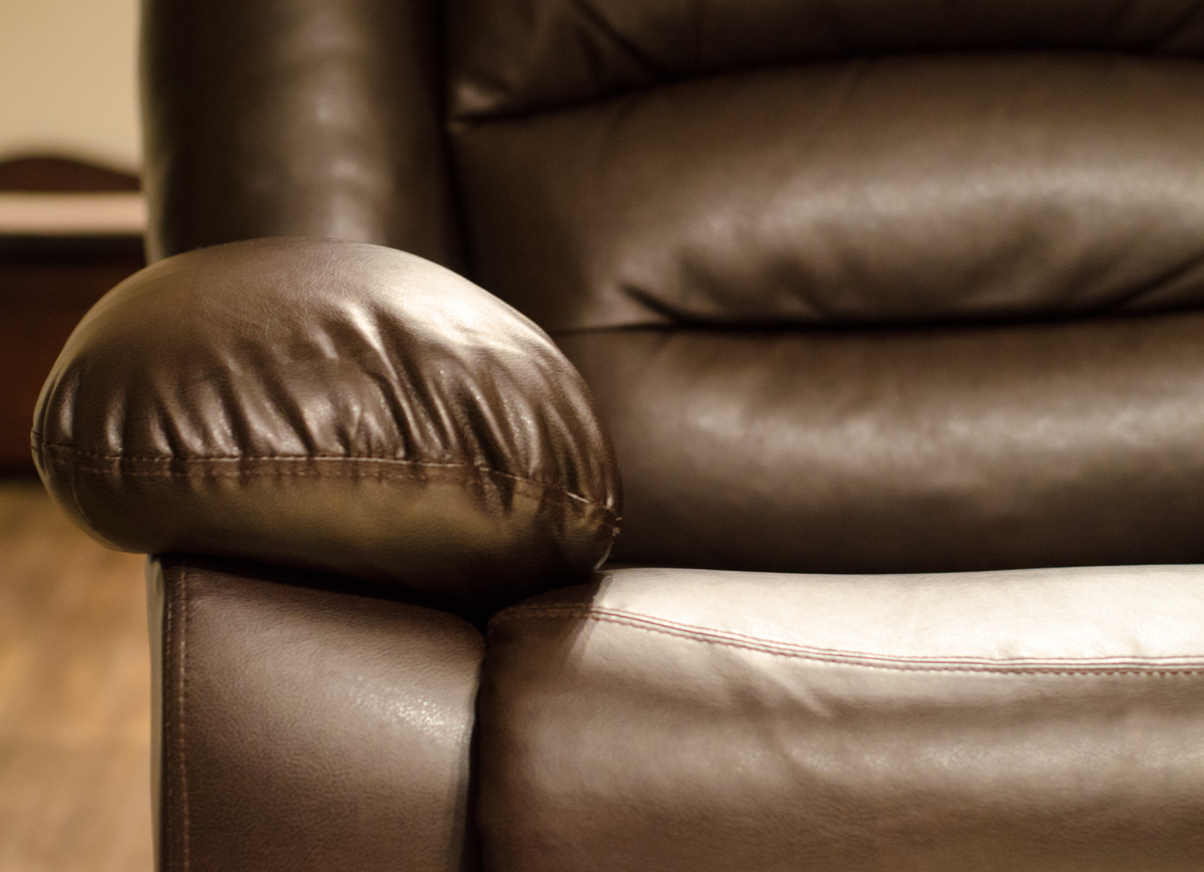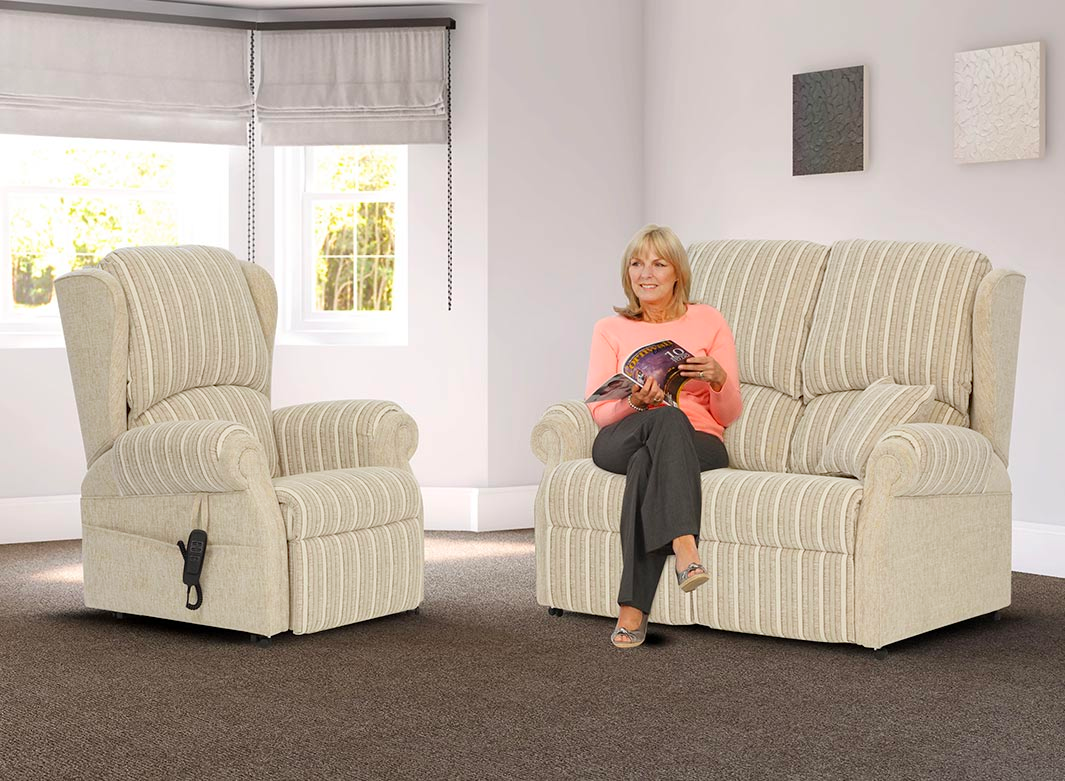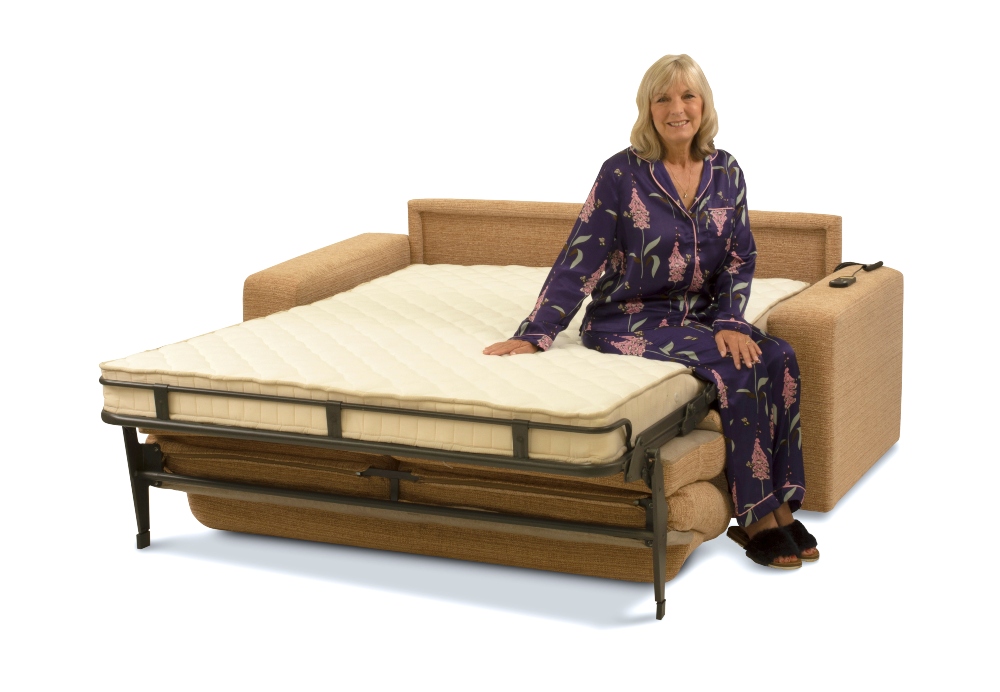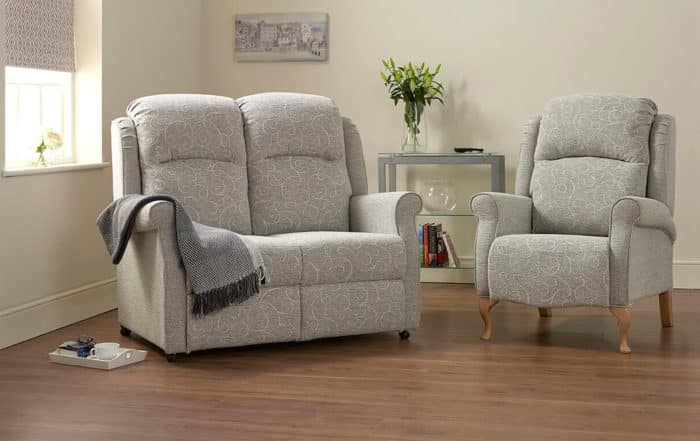How Long Do Most Leather Recliners Last?
Social Links
Cosy, soft, stylish – there’s just something about leather that elevates it above other materials. It has a certain look that adds a touch of class to your décor – and of course, it has that unmistakable earthy scent. For many of us, the image of a handsome leather Chesterfield sofa against wooden panelling or a high-backed wing chair next to the fire is the epitome of living room comfort and sophistication.
As a consequence, leather gives the impression of being high maintenance. In fact, it is actually extremely durable. Leather only needs a little TLC to keep looking its best, and in return your leather riser recliner chair will reward you with years of comfort and support.
- The Lifespan of Recliner Chairs
- Genuine Leather vs Faux Leather
- Manual vs Electric Recliner Chairs
- Leather Sofa Care
The Lifespan of Recliner Chairs
How long a leather recliner chair lasts will, of course, vary from product to product, but as with many things in life, it mostly comes down to three key factors: the quality of the product to begin with; how well you look after it; and how much you use it. You can probably expect a new chair to last at least seven years, and potentially up to 20 years if it’s extremely well made. ‘You get what you pay for’ is a good rule of thumb in this case.
Considerations like the number and quality of moving parts, which chair fabric you choose, how well you protect it from potential damage (such as from children, pets or spills), and even the manufacturer’s warranty will all have an effect on the chair’s lifetime. At the Mobility Furniture Company, all our mechanised products have a five-year warranty – but in reality, you can expect your new chair to last much longer than that.
The Qualities of Leather
Leather is an organic material made by curing animal skins in a process called tanning. It’s a byproduct of the beef industry, and natural colours and variations in individual hides mean that each finished product is unique. It can be matched with almost any colour, style or texture, and as it’s animal skin it contains natural oils which make it reasonably water- and stain-resistant. So leather is a great choice if you plan to spend a lot of time in your chair, and particularly if you like to eat or drink in it.
Though naturally soft and supple, leather will dry out if its oils aren’t replenished so it does need to be treated regularly with a good quality leather cleaning product. It’s also vulnerable to sunlight, so if you place it near a window try to keep the curtains closed when you’re not using it, or at least cover it with a protective throw to deflect UV rays. Assuming it is well looked after, real leather will soften and become more supple with age and will mould itself to fit around your favourite spot.
Genuine Leather vs Faux Leather
Faux leather is a chemically manufactured material made by bonding synthetic materials, which are then dyed and embossed to mimic the colours and textures of real leather. Imitation leather contains no animal products, but as it’s a form of plastic it doesn’t biodegrade and isn’t recyclable. Like real leather, faux leather is water- and stain-resistant, but it doesn’t dry out or crack in the sun like real leather does.
Faux leather doesn’t have that characteristic smell of the real thing, but it doesn’t absorb smells either, so it may be a better choice if you’re a smoker or have young children. Faux leather is generally less expensive than real leather, and while it may not last as long, it is still very hard-wearing and durable, and reupholstering will be cheaper.
Manual vs Electric Recliner Chairs
While both manual riser recliners and electric riser recliners should both last a long time, it’s possible that the motor of a mechanised chair may wear out before a manual one. On the other hand, if you reach a point where you’re not physically strong enough to operate a manual chair, it could need replacing sooner than you thought.
Either way, some simple maintenance will keep your chair in good condition and working at its best. If you have an electric model, keep the remote control clean and dry and don’t allow water or liquid to spill onto electronic parts. For either type, maintain the mechanisms by giving them a good oil every year, or whenever it gets squeaky (you may need someone to do this for you, as you’ll need to flip it over), and don’t let any debris or other objects get underneath the chair.
Leather Sofa Care
A well-made leather recliner sofa will last a long time due to its naturally durable nature, but there are some things you should and shouldn’t do that will enhance its longevity even further. To get the maximum lifespan out of your leather:
Do’s:
Keep it clean – brush or vacuum any dust, dirt and crumbs before they accumulate, and wipe your chair down with an approved leather cleaning product once a week. Every six months, give your chair a deep clean with a steam cleaner (or have it professionally cleaned), and rub it down with a special leather sofa treatment to keep it supple and protect it from stains. Make sure you treat every surface evenly, or the colours may fade unevenly.
Protect it from grease – over time, leather can absorb the natural oils from our skin and hair, particularly on the arm, headrests and any part of the chair that people might touch when they walk past. Protect these areas with special covers which can be removed and washed as necessary.
Protect it from pets – you don’t have to ban your pet from the sofa if you want to have a cuddle, but claws, hair and saliva can all do damage. Use a protective (and ideally waterproof) covering, so pets can keep their favourite spot and you’ll have peace of mind.
Use a lap tray or blanket – TV dinners will be responsible for most of the crumbs that accumulate in and on your sofa, and wine stains are the hardest to remove, so avoid them both by covering your lap when you eat. This is also a good idea if you work or write in the chair, as ink stains are notoriously stubborn.
Reupholster or re-stuff – if your leather is looking a little tired but the internal mechanisms are still working, reupholstering is much more economical than replacing. Similarly, if your chair seat is losing its support factor you can simply replace the cushions – some chairs even come with adjustable back cushions.
Don’ts:
Use it if is wet or damp – this can stretch the leather and cause it to become warped or misshapen and can damage the internal fibres of the upholstery. Non-colourfast dye from your clothes may also leak onto the leather and cause it to stain.
Put it too close to a heat source – placing your chair too close to a fire or radiator will cause the leather to dry out, crack and become brittle. It can also damage electrical components, so make sure any wires or power packs are kept well clear.
Leave it in the reclined position – to avoid bumps, bangs or things getting trapped in the mechanism, recliner chairs should always be left in the neutral position when not in use.
Exceed the chair’s weight limit – this can damage the mechanisms and internal structures of the chair, especially if you overload it during operation.
Place them outdoors – wind, rain, sunlight and extreme temperatures will weaken the fabric of a leather armchair, and potentially the internal structures as well.
The Bottom Line
At the Mobility Furniture Company, we understand that a good quality leather recliner chair can be a significant investment. You want to know you’ll be getting as many years out of it as possible – so we make sure all our products are of the highest quality and can be adapted to suit any lifestyle.
Leather is one of nature’s most durable materials – and, like a well-tailored jacket or a favourite pair of jeans, will imbibe character as it ages. And, being a natural material, it can always be repurposed or recycled – so it might even outlast you!
*This website contains general medical information. The medical information is not advice and should not be treated as such. Read our full Medical Disclaimer here.



